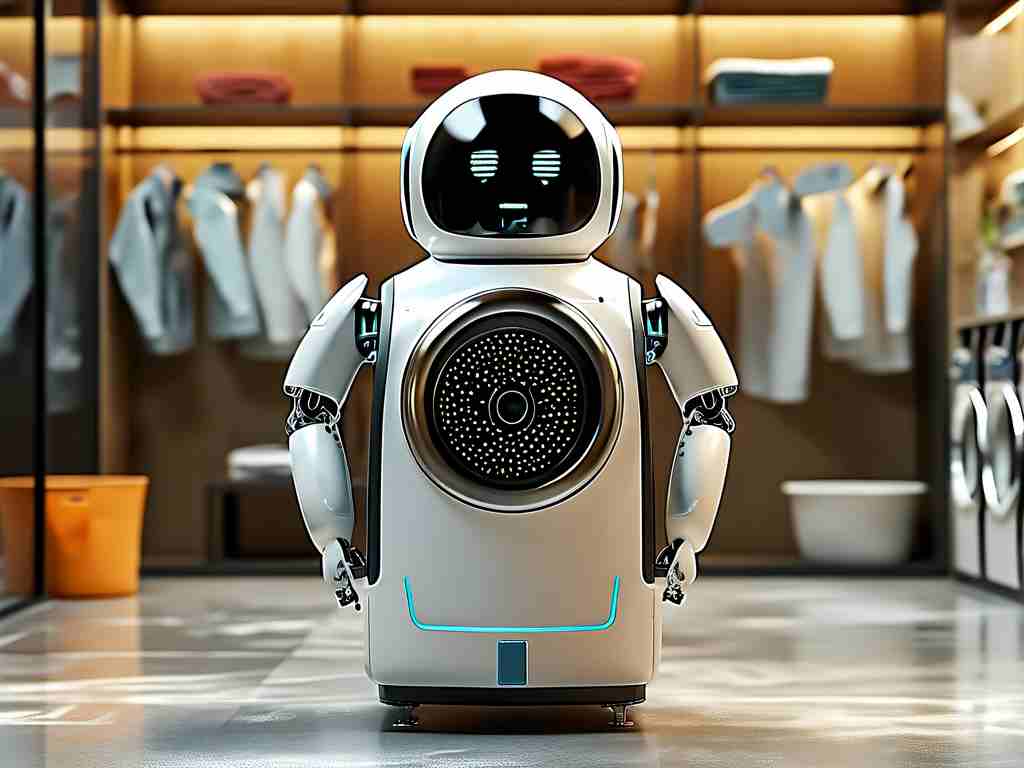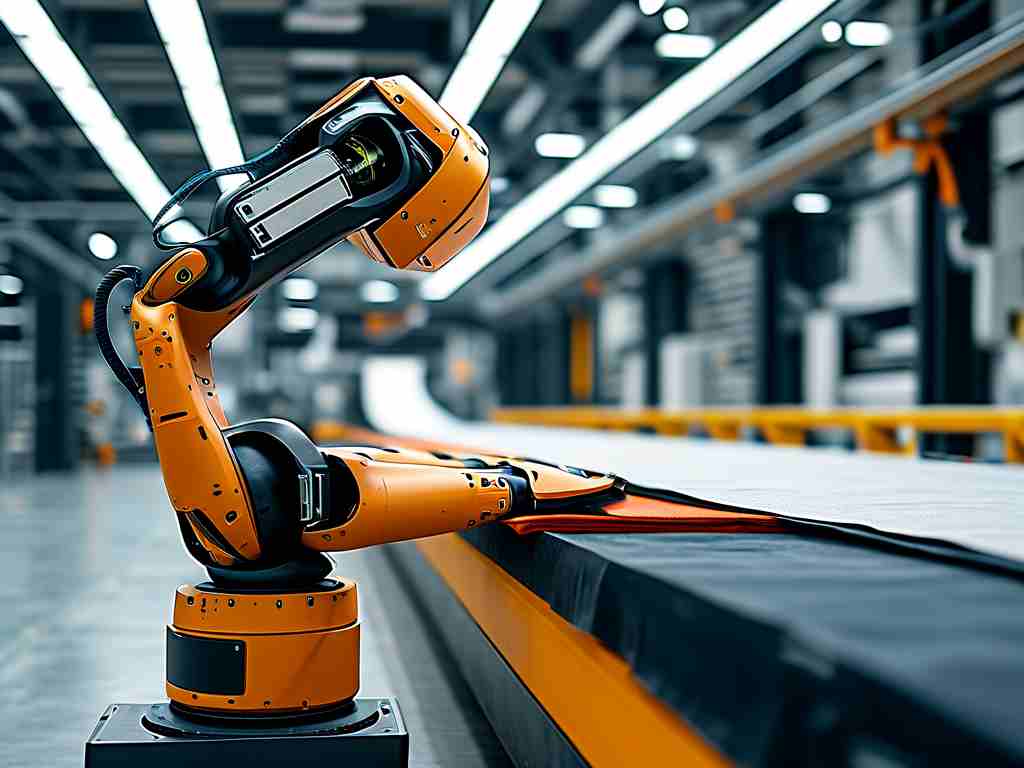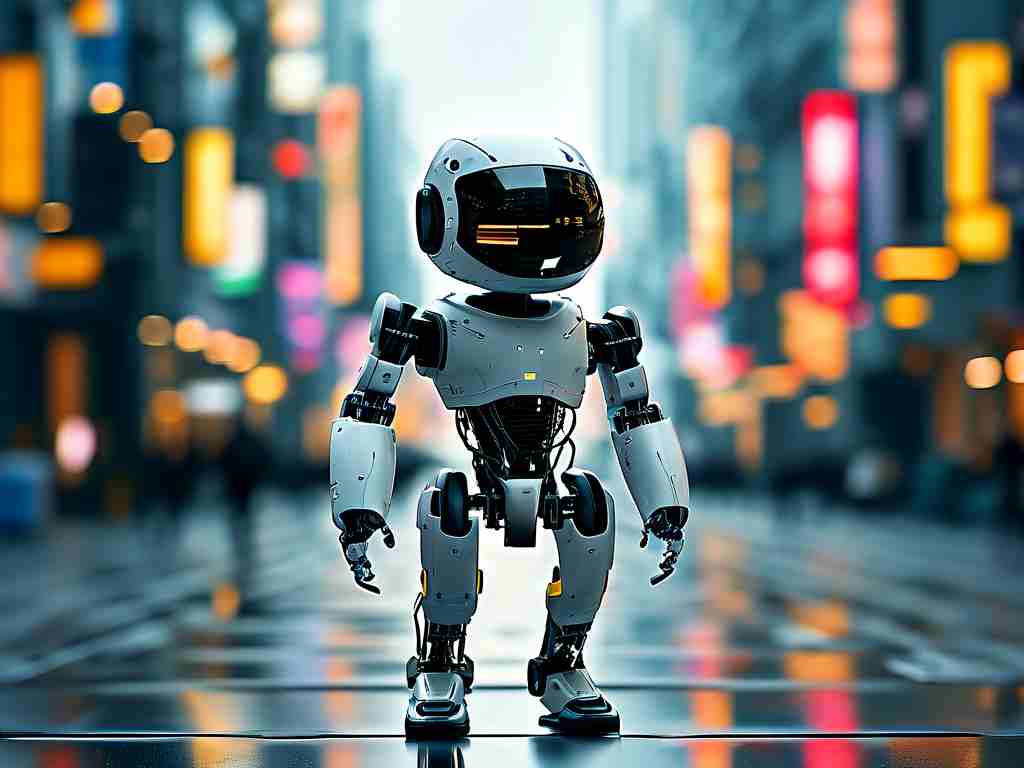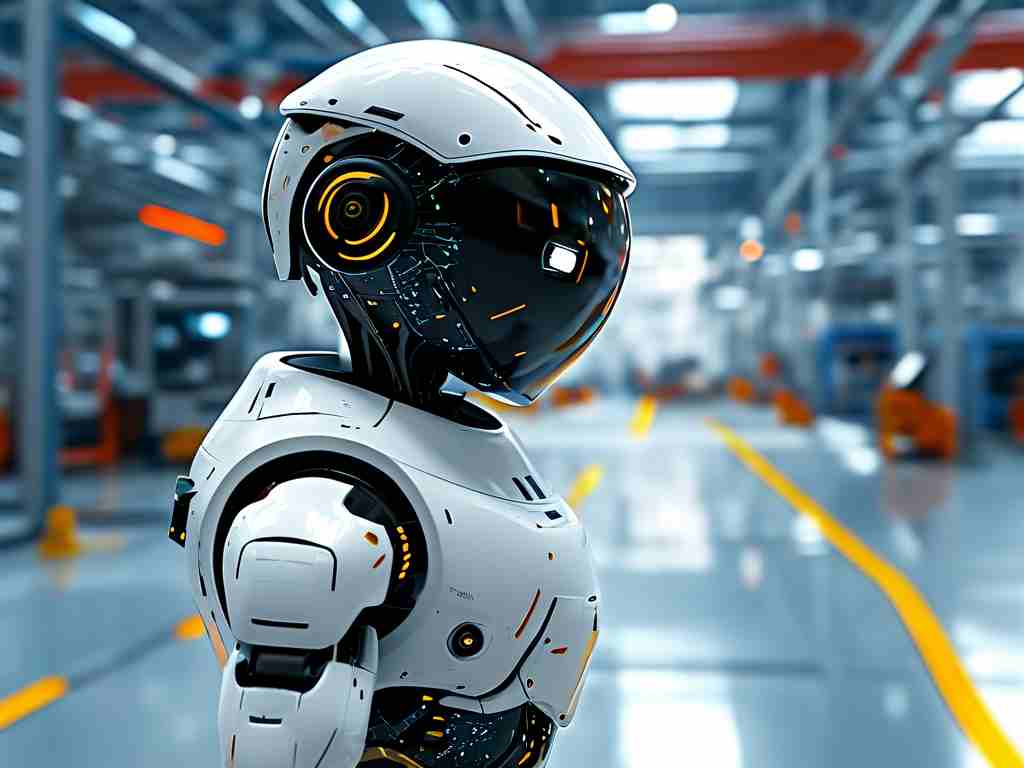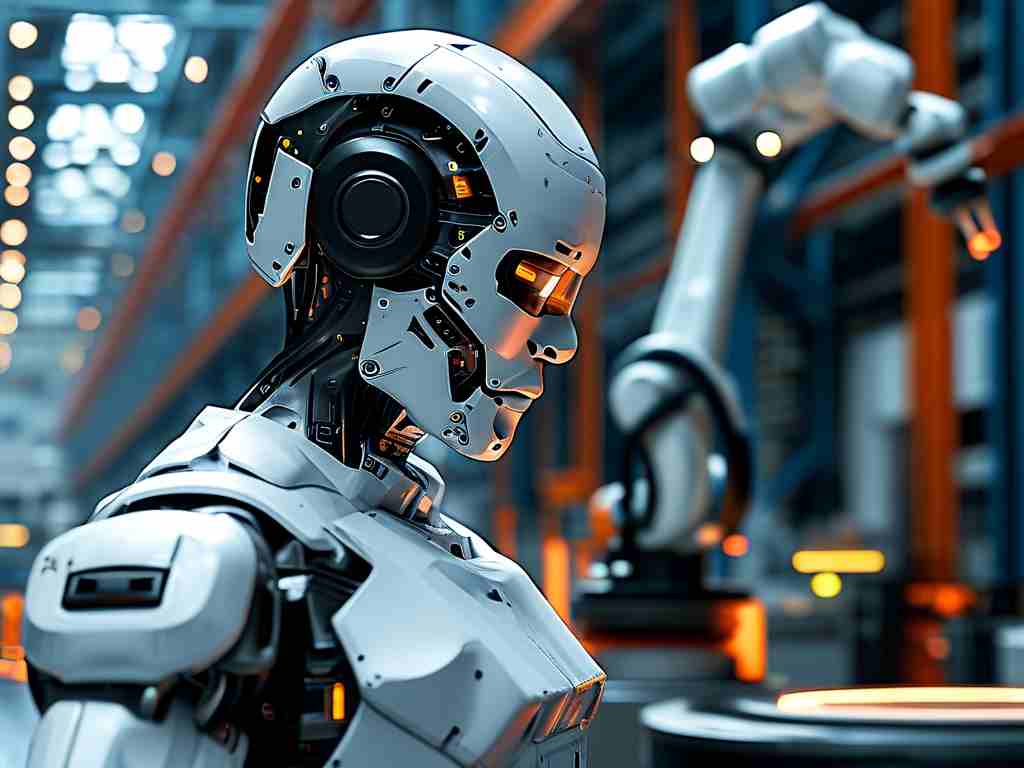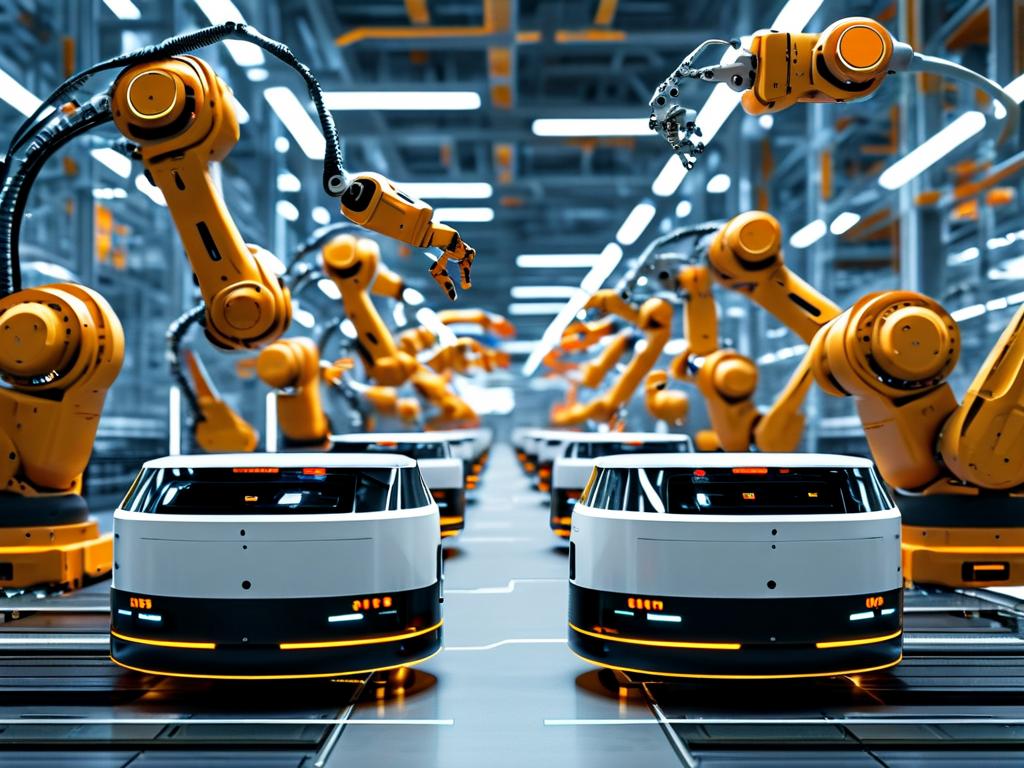The rapid evolution of robotics technology is reshaping industries worldwide, driven by groundbreaking innovations that promise unprecedented efficiency and economic transformation. In recent years, key breakthroughs in artificial intelligence (AI) integration have enabled robots to perform complex tasks with human-like adaptability, such as autonomous decision-making in unpredictable environments. For instance, advanced machine learning algorithms allow collaborative robots (cobots) to work safely alongside humans on factory floors, enhancing productivity while minimizing errors. This leap is complemented by sensor technology enhancements, where high-resolution cameras and tactile sensors provide robots with enhanced perception, enabling precise operations in sectors like precision manufacturing and delicate surgical procedures. These advancements not only boost operational capabilities but also reduce costs, making robotics solutions more accessible to small and medium enterprises.
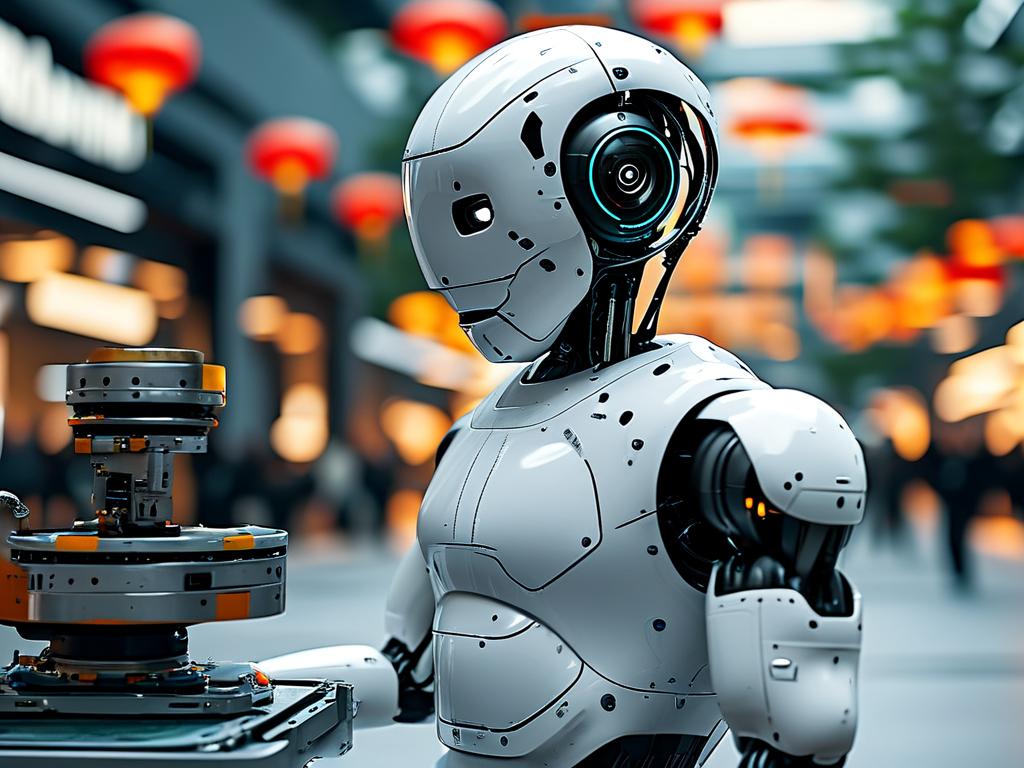
Concurrently, the global robotics market is experiencing explosive growth, fueled by these technological strides. Market analysts project that the industry will surpass $200 billion by 2025, driven by surging demand in key areas such as industrial automation, healthcare, and logistics. In manufacturing, robots equipped with AI-driven vision systems are revolutionizing assembly lines, leading to a 30% increase in output efficiency while cutting labor expenses. The healthcare sector benefits immensely from robotic breakthroughs, with surgical robots performing minimally invasive procedures that improve patient outcomes and reduce recovery times. Logistics companies, too, are adopting autonomous mobile robots for warehouse management, streamlining supply chains and meeting the e-commerce boom. This market expansion is further accelerated by investments from tech giants and startups alike, pouring billions into R&D to capitalize on emerging opportunities like personalized service robots for elderly care and smart home applications.
Despite this optimistic trajectory, challenges remain that could temper market momentum. Ethical concerns, such as job displacement in traditional roles, spark debates on workforce retraining and regulatory frameworks to ensure fair transitions. Security risks, including vulnerabilities in AI systems that could lead to data breaches or operational failures, demand robust cybersecurity measures. Additionally, high initial costs and integration complexities pose barriers for smaller businesses, potentially slowing adoption in developing regions. However, these hurdles also present opportunities for innovation. Governments and corporations are collaborating on policies to foster responsible robotics deployment, while advancements in renewable energy integration promise more sustainable robotic solutions. Looking ahead, the convergence of robotics with 5G and IoT technologies will unlock new frontiers, such as real-time remote operations in hazardous environments or AI-enhanced agricultural robots addressing food security. This synergy positions the robotics market not just as an economic engine but as a catalyst for societal progress, driving inclusive growth and redefining human-machine collaboration in the decades to come.


